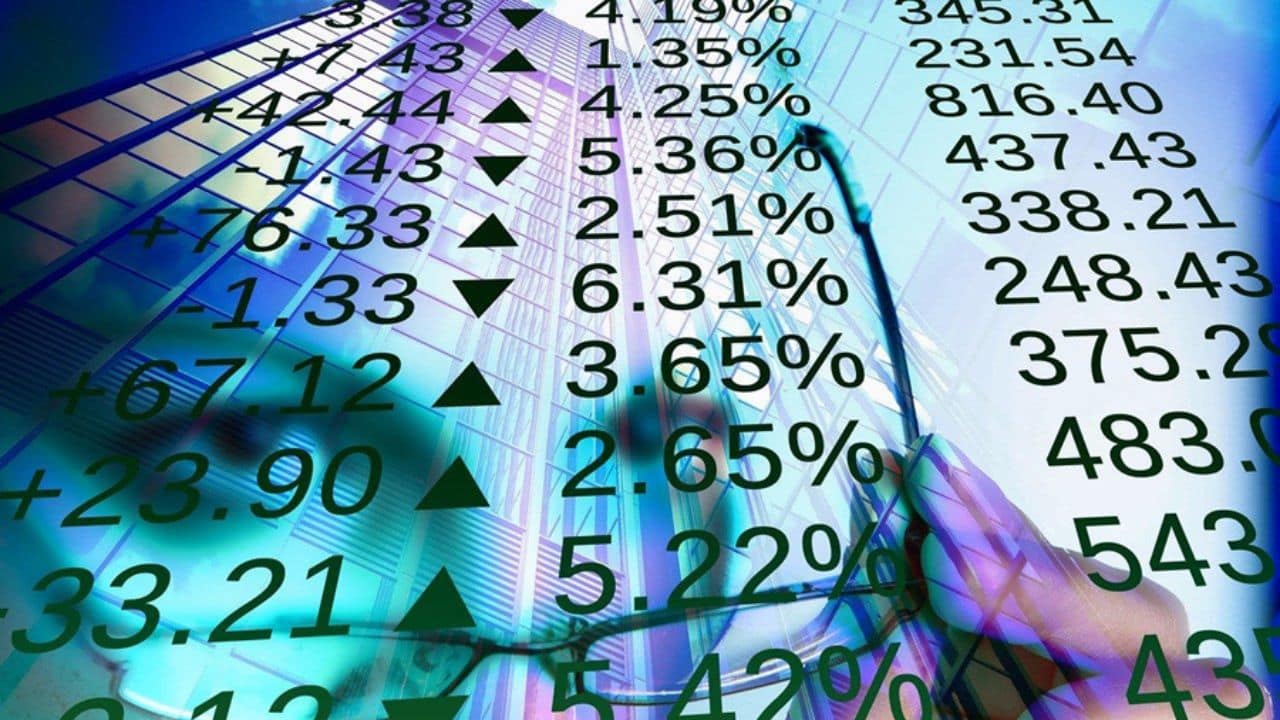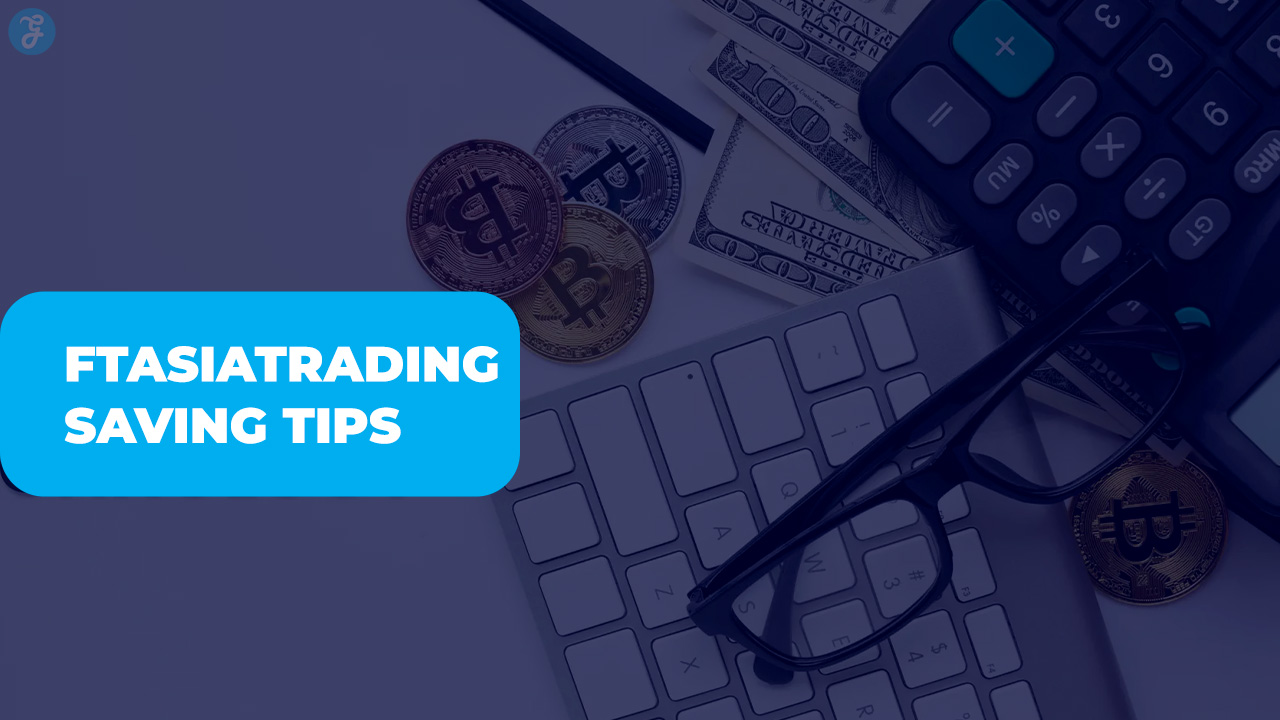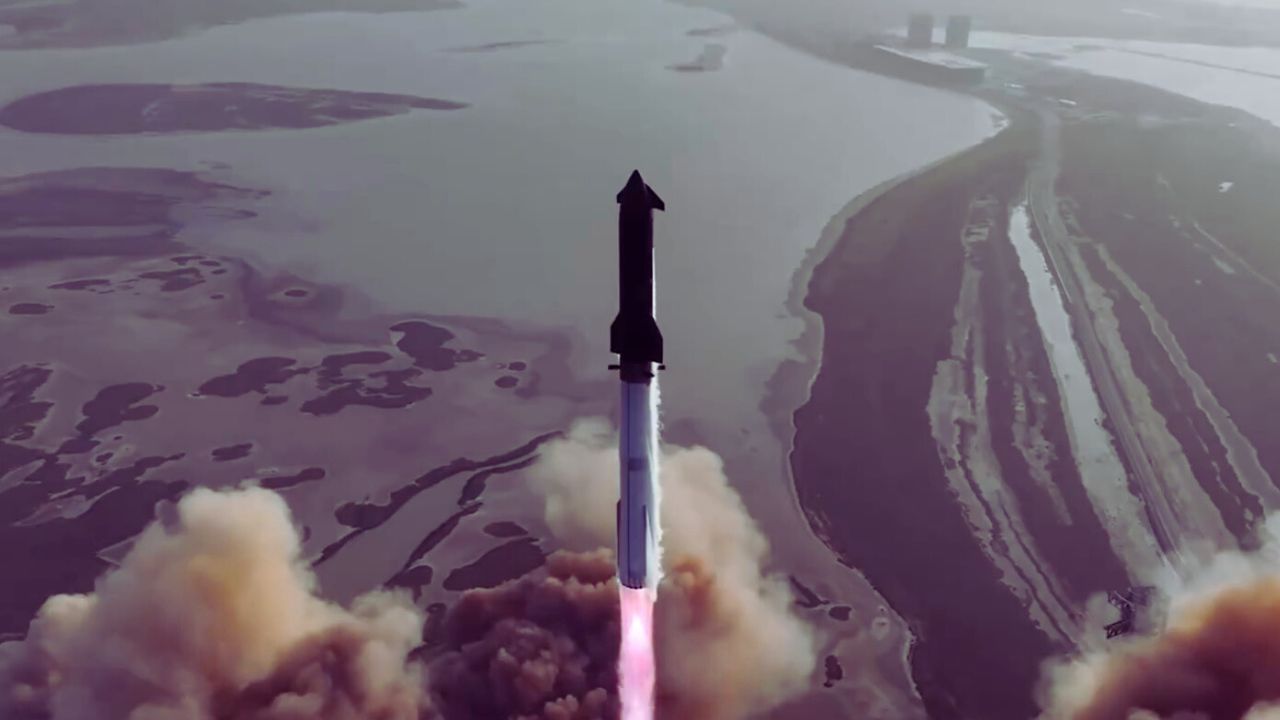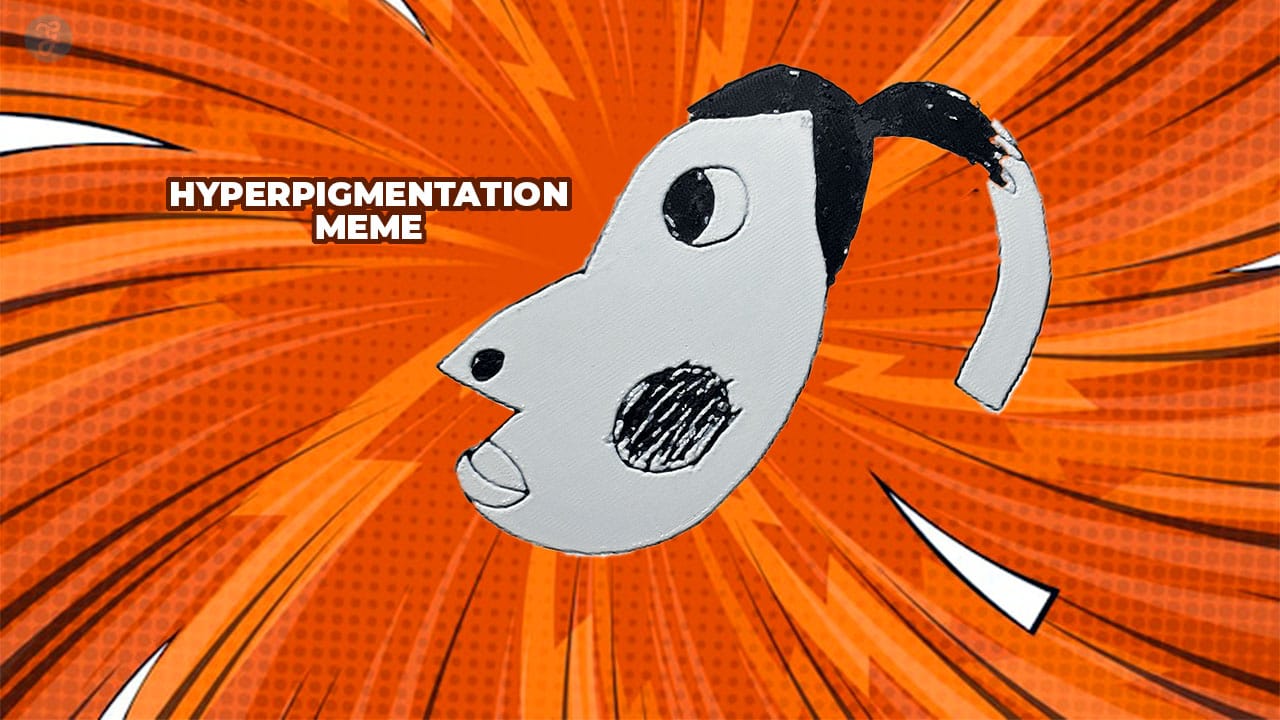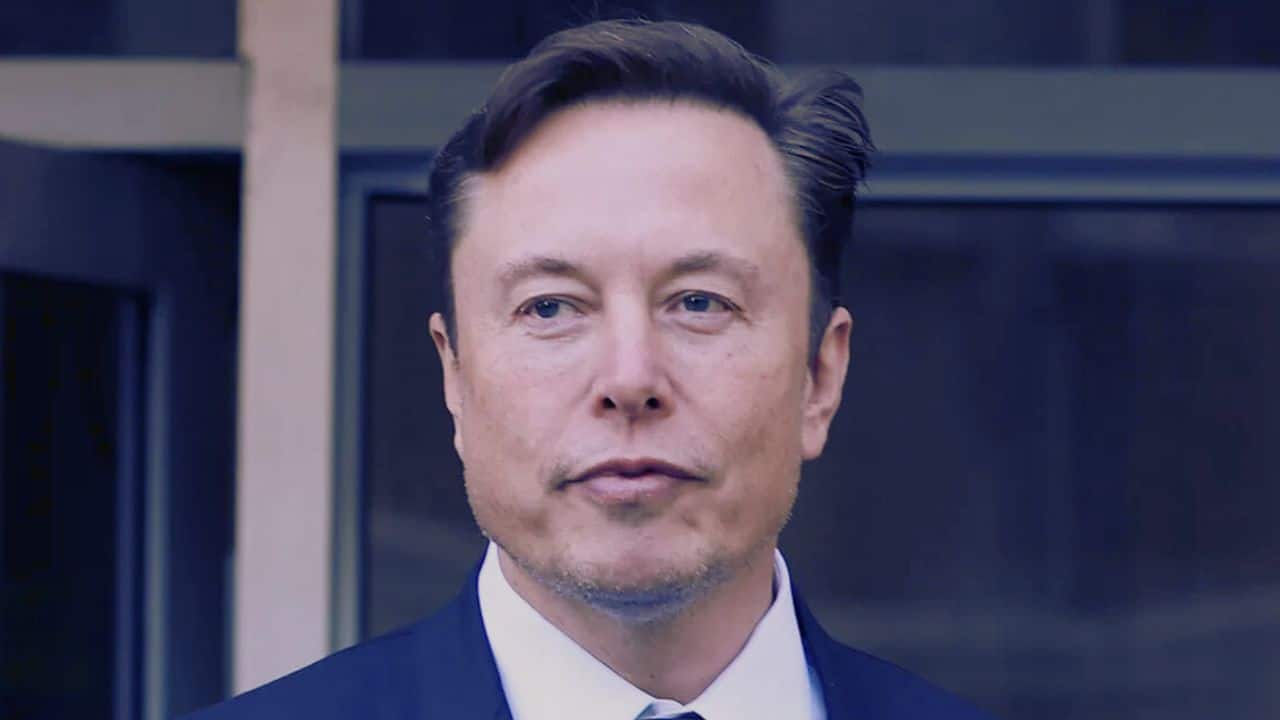Futures trading has come a long way from its agricultural roots to becoming a critical part of modern financial markets. This article explores the origins, development, and current state of futures trading. We’ll also look at how technology has shaped the industry and what the future might hold for this essential financial tool.
The Early Days of Futures Trading
To trace the beginnings of futures trading, it’s essential to understand what are futures and why they emerged. Futures trading can be traced back to agriculture—the backbone of early economies. Farmers and merchants experienced significant challenges, particularly in managing the unpredictable nature of crop prices.
Factors like weather, wars, and fluctuating demand often lead to financial instability. To mitigate these risks, farmers and merchants began entering into contracts for future crop deliveries at pre-agreed prices. This practice gave rise to the first form of futures trading.
Key Milestones in Futures Trading Evolution
Over the years, several milestones have shaped futures trading into what we see today:
Expansion Beyond Commodities
Initially, futures contracts were limited to agricultural goods. However, as the financial world evolved, futures expanded to include other assets. Crude oil futures were introduced in the 1980s, and financial futures, such as those for currencies and stock indices, soon followed.
Introduction of Standardization
Early futures contracts varied greatly, leading to inefficiencies. Standardization—providing contracts of uniform size, terms, and conditions—helped solve these issues. This change boosted trust and participation in these markets.
Electronic Trading
One of the most significant advancements in futures trading was the transition from open-outcry trading pits to electronic platforms. Starting in the 1990s with exchanges like the CME Globex, electronic trading increased market accessibility, speed, and transparency.
Globalization
Futures trading is no longer confined to national boundaries. Exchanges like Eurex and the Tokyo Commodity Exchange have brought integration and interconnectivity, enabling investors worldwide to participate in futures trading seamlessly. This globalization has allowed for a more diverse range of products and investors, leading to increased liquidity and easier price discovery.
Innovation and Diversification
With the evolution of technology, new financial instruments have been introduced to cater to different investment strategies. For example, options on futures contracts provide investors with more flexibility in managing risk exposure.
Regulatory Changes
With the growing global reach of futures trading, regulatory bodies have implemented various measures to ensure fair trading practices and protect market participants’ interests. These changes have resulted in greater transparency and stability in futures markets.
The Role of Technology in Futures Markets
Technology has been a driving force behind the modernizing of futures trading. Before electronic platforms, trades were conducted face-to-face in centralized pits. While this method was iconic, it was slow and prone to human error. The shift to digital platforms revolutionized the landscape.
Algorithmic trading is one of the most significant innovations. Algorithms allow trades to be executed in milliseconds, ensuring precision and reducing costs. They also enable advanced strategies like high-frequency trading (HFT), where traders take advantage of small market inefficiencies many times over in fractions of a second.
Technology has also enhanced accessibility. Today, anyone with a smartphone and an internet connection can access futures markets. Brokers provide real-time data, analytical tools, and user-friendly platforms, empowering retail traders to participate in a domain once reserved for professionals.
Futures Trading in Modern Markets
The futures market isn’t just about commodities and currencies anymore—it reflects the globalization and digitization of our economy. Today, you can trade futures on everything from crude oil and natural gas to Bitcoin and other cryptocurrencies. This diversification has attracted new groups of traders, including tech-savvy investors and those seeking alternatives to traditional assets.
Risk management remains at the heart of futures trading for corporations and governments alike. Airlines, for example, secure fuel costs through futures contracts to shield themselves from volatile oil prices. Similarly, investors hedge their portfolios against potential market downturns by using stock index futures.
The futures market also plays a vital role in price discovery, helping buyers and sellers gauge realistic market values. This transparency benefits consumers, corporations, and entire economies.
Final Thoughts
From its humble beginnings in agricultural markets to its present status as a global financial powerhouse, futures trading has undergone profound evolution. The industry has embraced technology, widened its scope, and found new ways to serve traders and institutions.
As markets grow more interconnected and digitalized, futures trading will continue to adapt, offering opportunities for hedging, speculation, and investment on an unprecedented scale. Whether you’re a beginner or a seasoned investor, understanding the history and mechanics of futures can provide valuable insights into their enduring role in the modern financial world.


